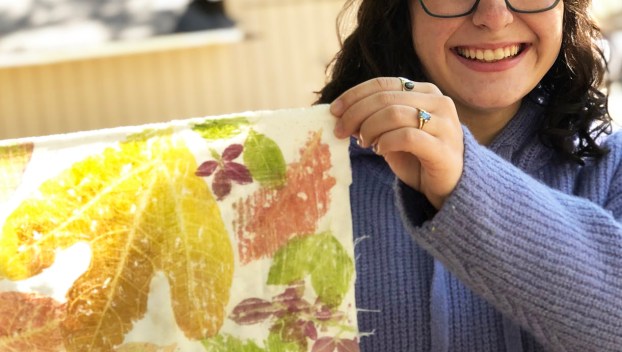
Local News
OUT AND ABOUT: Ardmore nature group named best in state
Zoe Nye describes herself as a “nature freak.” As a student in 4-H, she was excited to hear ... Read more

Zoe Nye describes herself as a “nature freak.” As a student in 4-H, she was excited to hear ... Read more